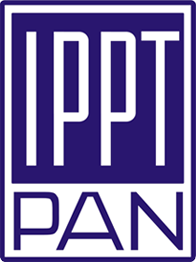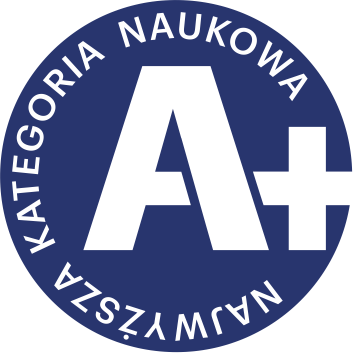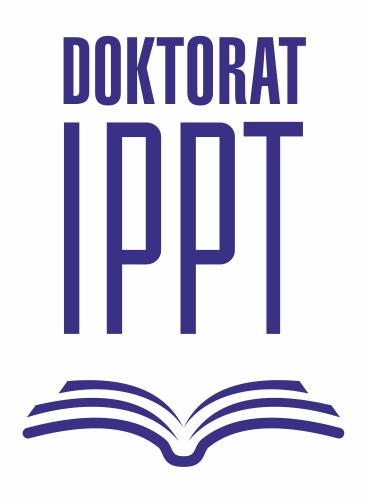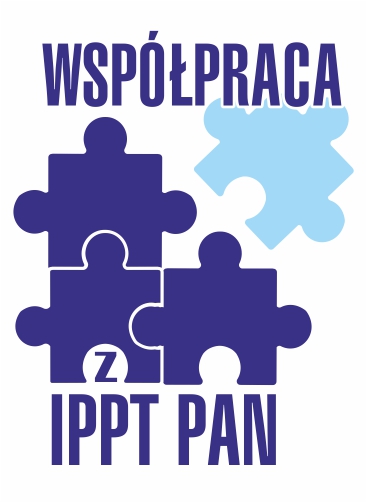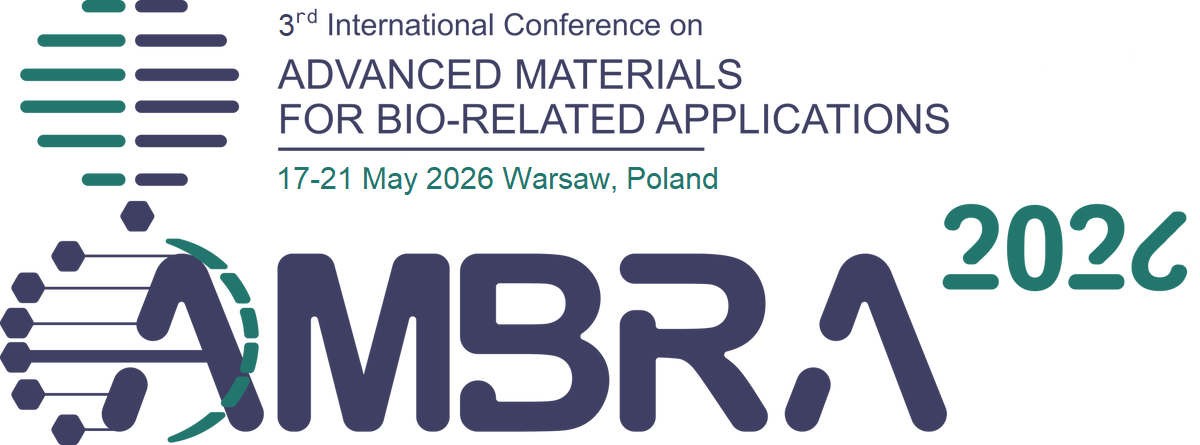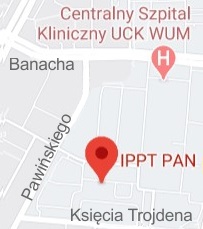| 1. |
Gupta A.♦, Jain A., Kumari M.♦, Tripathi S.K.♦, Electrical, electrochemical and structural studies of a chlorine-derived ionic liquid-based polymer gel electrolyte,
Beilstein Journal of Nanotechnology, ISSN: 2190-4286, DOI: 10.3762/bjnano.12.92, Vol.12, pp.1252-1261, 2021 Streszczenie:
In the present article, an ionic liquid-based polymer gel electrolyte was synthesized by using poly(vinylidene fluoride-co-hexafluo-ropropylene) (PVdF-HFP) as a host polymer. The electrolyte films were synthesized by using the solution casting technique. The as-prepared films were free-standing and transparent with good dimensional stability. Optimized electrolyte films exhibit a maximum room-temperature ionic conductivity of σ = 8.9 × 10^−3 S·cm^−1. The temperature dependence of the prepared polymer gel electrolytes follows the thermally activated behavior of the Vogel–Tammann–Fulcher equation. The total ionic transference number was ≈0.91 with a wider electrochemical potential window of 4.0 V for the prepared electrolyte film which contains 30 wt % of the ionic liquid. The optimized films have good potential to be used as electrolyte materials for energy storage applications. Słowa kluczowe:
ionic liquid, polymer gel electrolytes, solution casting technique, transference number Afiliacje autorów:
| Gupta A. | - | Government Tulsi Degree College (IN) | | Jain A. | - | IPPT PAN | | Kumari M. | - | Viva Institute of Technology (IN) | | Tripathi S.K. | - | Mahatma Gandhi Central University (IN) |
|  | 100p. |
| 2. |
Gupta A.♦, Jain A., Tripathi S.♦, Structural, electrical and electrochemical studies of ionic liquid-based polymer gel electrolyte using magnesium salt for supercapacitor application,
Journal of Polymer Research, ISSN: 1572-8935, DOI: 10.1007/s10965-021-02597-9, Vol.28, pp.235-1-11, 2021 Streszczenie:
In the present studies, the effect of ionic liquid 1-Ethyl-2,3-dimethylimidazoliumtetrafluoroborate (EDiMIM)(BF4) on ionic conductivity of gel polymer electrolyte using poly(vinylidene fluoride-co-hexafluoropropylene) [PVdF(HFP)] and magnesium perchlorate [Mg(ClO4)2] as salt was investigated. The maximum room temperature ionic conductivity for the optimized system was found to be of the order of 8.4 × 10^–3 S cm^−1. The optimized composition reflects Vogel-Tammann-Fulcher (VTF) behavior in the temperature range of 25 °C to 100 °C. The X-ray diffraction, Fourier transform infrared spectroscopy and scanning electron microscopy studies confirm the uniform blending of ionic liquid, polymer, and salts along with the enhanced amorphous nature of the optimized system. Dielectric and modulus spectra studies provide the information of electrode polarization as well as dipole relaxation properties of polymeric materials. The optimized electrolyte system possesses a sufficiently large electrochemical window of the order of 6.0 V with stainless steel electrodes. Słowa kluczowe:
gel polymer electrolyte, ionic liquid, ionic conductivity, temperature dependence, supercapacitors Afiliacje autorów:
| Gupta A. | - | Government Tulsi Degree College (IN) | | Jain A. | - | IPPT PAN | | Tripathi S. | - | Mahatma Gandhi Central University (IN) |
|  | 70p. |
| 3. |
Gupta A.♦, Jain A., Kumari M.♦, Tripathi S.K.♦, Structural, electrical and electrochemical studies of sodium ion conducting blend polymer electrolytes,
Materials Today: Proceedings, ISSN: 2214-7853, DOI: 10.1016/j.matpr.2020.05.030, Vol.34, pp.780-786, 2021 Streszczenie:
In the present study sodium ion conducting polymer blend electrolytes has been prepared using poly (vinylidene fluoride – hexafluoro – propylene) (PVdF-HFP), poly (methyl methacrylate) (PMMA), and sodium thiocyanate (NaSCN) salt by solution-cast technique. The highest ionic conductivity of the optimized blend polymer electrolyte system [PVdF(HFP)-PMMA (4:1)] (20 wt%)-[NaSCN (1 M)] (80 wt%) has been found to be 4.54 × 10^−2 S cm^−1 at room temperature. The temperature dependence conductivity plot shows the Arrhenius behaviour and its activation energy calculated from the plot were found to be 0.13 eV. The structural and morphological studies of polymer blend electrolyte were investigated by XRD, SEM and FTIR spectroscopy. Complex formation between polymer and salt has been confirmed by these studies. The thermal properties of optimized electrolyte system were examined by differential scanning calorimetry (DSC) techniques. The ionic transport number was calculated using d.c polarization techniques and was found to be 0.92, which shows that electrolyte system is predominantly ionic in nature. The electrochemical potential window of optimized polymer blend electrolyte was tested and observed to be ~2.8 V. Słowa kluczowe:
polymer blends electrolyte, solution cast technique, sodium ion, FTIR, DSC Afiliacje autorów:
| Gupta A. | - | Government Tulsi Degree College (IN) | | Jain A. | - | IPPT PAN | | Kumari M. | - | Viva Institute of Technology (IN) | | Tripathi S.K. | - | Mahatma Gandhi Central University (IN) |
|  |
| 4. |
Gupta A.♦, Żuk P.J., Stone H.A.♦, Charging dynamics of overlapping double layers in a cylindrical nanopore,
PHYSICAL REVIEW LETTERS, ISSN: 0031-9007, DOI: 10.1103/PhysRevLett.125.076001, Vol.125, No.7, pp.076001-1-6, 2020 Streszczenie:
The charging of electrical double layers inside a cylindrical pore has applications to supercapacitors, batteries, desalination and biosensors. The charging dynamics in the limit of thin double layers, i.e., when the double layer thickness is much smaller than the pore radius, is commonly described using an effective RC transmission line circuit. Here, we perform direct numerical simulations (DNS) of the Poisson-Nernst-Planck equations to study the double layer charging for the scenario of overlapping double layers, i.e., when the double layer thickness is comparable to the pore radius. We develop an analytical model that accurately predicts the results of DNS. Also, we construct a modified effective circuit for the overlapping double layer limit, and find that the modified circuit is identical to the RC transmission line but with different values and physical interpretation of the capacitive and resistive elements. In particular, the effective surface potential is reduced, the capacitor represents a volumetric current source, and the charging timescale is weakly dependent on the ratio of the pore radius and the double layer thickness. Afiliacje autorów:
| Gupta A. | - | Government Tulsi Degree College (IN) | | Żuk P.J. | - | IPPT PAN | | Stone H.A. | - | Princeton University (US) |
|  | 200p. |
| 5. |
Gupta A.♦, Jain A., Tripathi S.♦, Structural and electrochemical studies of bromide derived ionic liquid-based gel polymer electrolyte for energy storage application,
Journal of Energy Storage, ISSN: 2352-152X, DOI: 10.1016/j.est.2020.101723, Vol.32, pp.101723-1-7, 2020 Streszczenie:
In the present studies, poly (vinylidene fluoride-co-hexafluoropropylene) (PVDF-HFP), ionic liquid {1-Ethyl-3-methylimidazolium bromide} (EMIM)(Br), and magnesium perchlorate Mg(ClO4)2 as salt were used to synthesize free standing electrolyte films by using solution cast technique. The prepared electrolyte films were investigated by using various structural and electrochemical techniques like scanning electron microscopy (SEM), X-ray diffraction analysis (XRD), Fourier transform infrared spectroscopy (FTIR) and differential scanning calorimetry (DSC) as well as ionic and temperature dependence studies. It has been observed that addition of ionic liquid significantly increases the properties like ionic conductivity, thermal stability, transparency etc. The maximum room temperature ionic conductivity for the optimized system was found to be of the order of 2.05 × 10^−2 S cm^−1 which is suitable for device fabrication point of view. The optimized electrolyte films are suitable for supercapacitor application. Słowa kluczowe:
gel polymer electrolytes, ionic liquid, solution cast technique, supercapacitors Afiliacje autorów:
| Gupta A. | - | Government Tulsi Degree College (IN) | | Jain A. | - | IPPT PAN | | Tripathi S. | - | Mahatma Gandhi Central University (IN) |
|  | 100p. |





